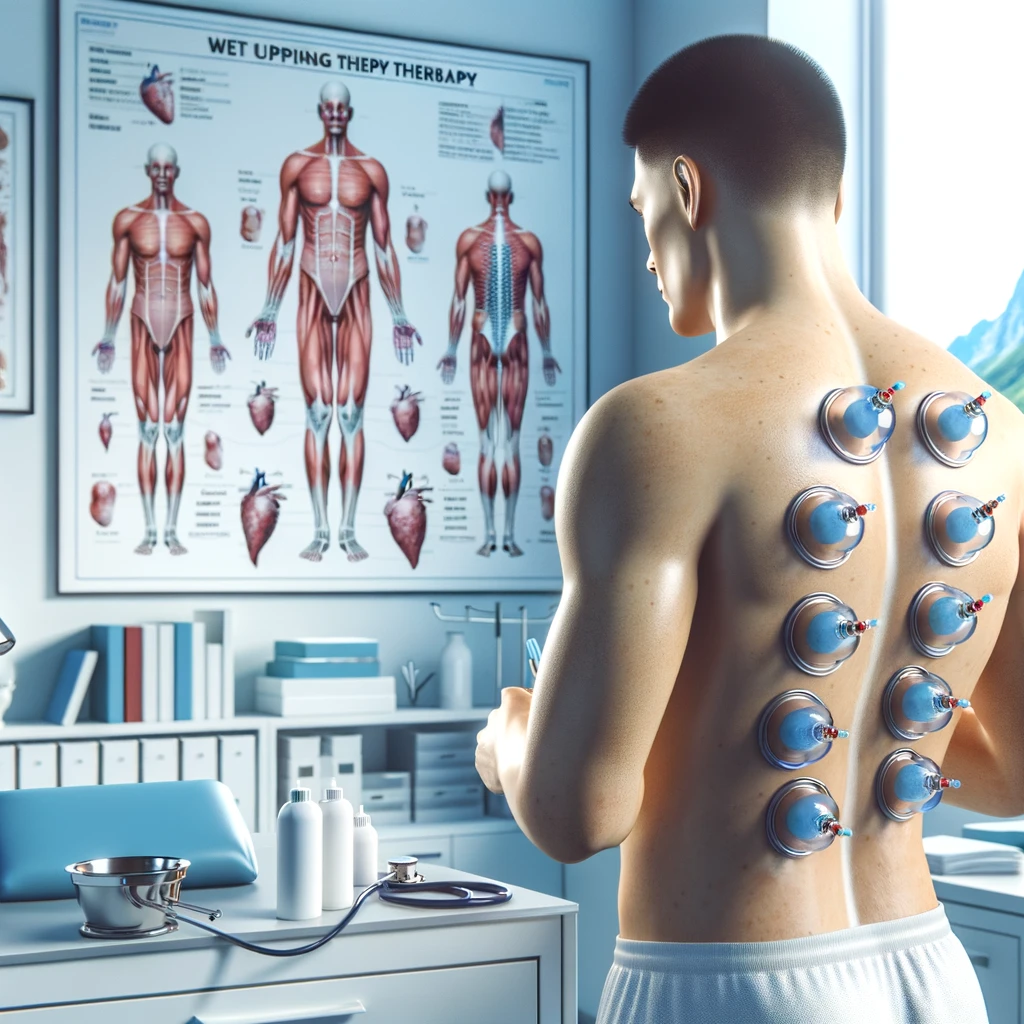From Tradition to Science: Unravelling the Mysteries of Wet Cupping Therapy for Modern Healthcare
DOI:
https://doi.org/10.61838/kman.najm.1.1.4Keywords:
Al-Hijamah, Complementary Therapies, Holistic Health, Integrative Medicine, Therapeutics, Traditional Medicine, Treatment OutcomeAbstract
Background. Wet cupping therapy (WCT) is an ancient therapeutic practice involving suction cups and controlled incisions. It is widely used in traditional and complementary medicine systems for treating diverse conditions. This narrative review aimed to summarize the current evidence on the effects of WCT and provide an overview of its therapeutic potential.
Methods. A comprehensive literature search was conducted using PubMed, Embase, and Scopus databases to identify studies published from January 2000 to March 2023, evaluating the therapeutic effects of WCT in various health conditions. The retrieved studies were critically reviewed and analyzed to identify key findings.
Results. The findings suggest that WCT has potential therapeutic effects across different health conditions. It has been reported to alleviate pain, reduce inflammation, modulate the immune response, improve blood circulation, and enhance overall well-being. Efficacy of WCT has been demonstrated in managing musculoskeletal disorders (e.g., low back pain, rheumatoid arthritis), respiratory conditions (e.g., asthma, chronic obstructive pulmonary disease), and mental health issues (e.g., anxiety, sleep quality). Additionally, WCT has shown promise as a complementary therapy for metabolic disorders, cardiovascular diseases, and infertility.
Conclusion. WCT exhibits potential benefits as a traditional therapeutic modality. Accumulated evidence suggests it can provide symptomatic relief, improve quality of life, and complement conventional treatments. However, it is important to acknowledge the limitations of the reviewed studies. The absence of a standardized cup placement protocol hinders determining optimal placement for specific health conditions. Further investigation considering anatomical descriptions and individual variations is necessary to enhance treatment effectiveness. Moreover, the underlying mechanisms of WCT's therapeutic effects are still hypothetical, warranting more direct and accurate evidence. Future research should focus on elucidating these mechanisms to establish a comprehensive understanding of WCT's effects.

Downloads
Additional Files
Published
Issue
Section
License

This work is licensed under a Creative Commons Attribution-NonCommercial 4.0 International License.



